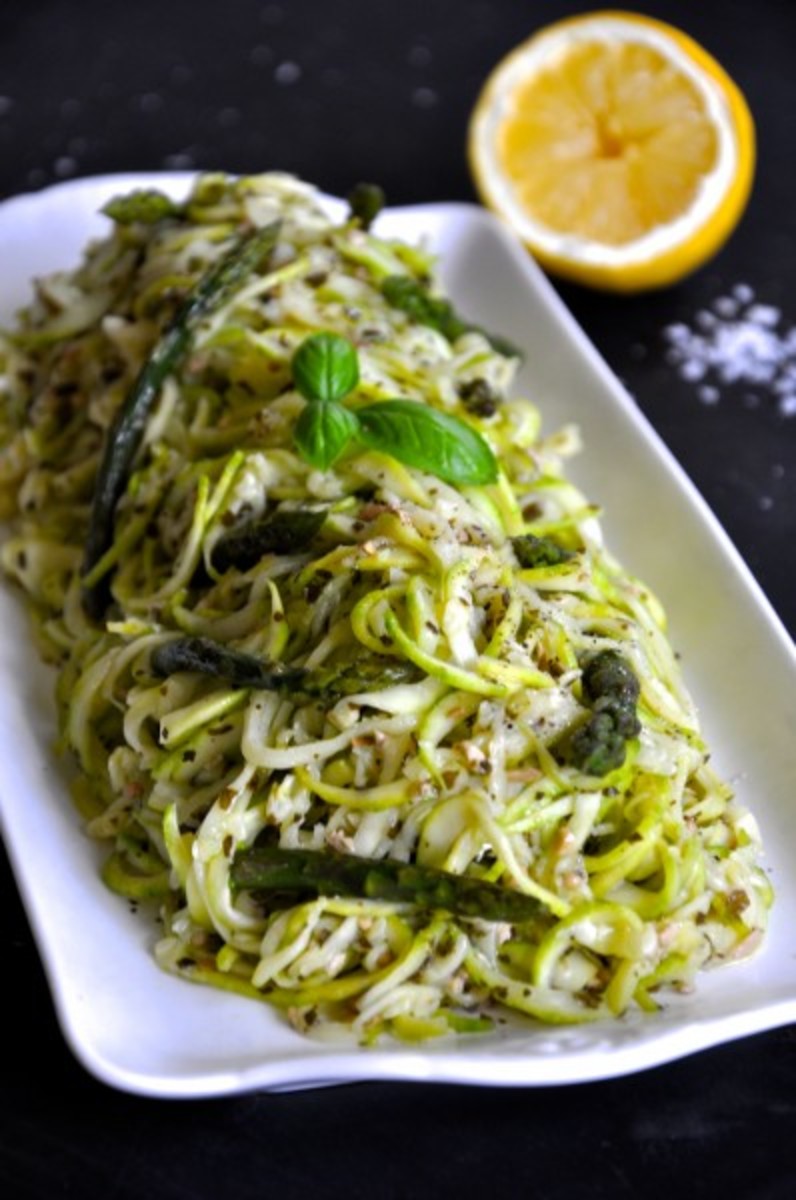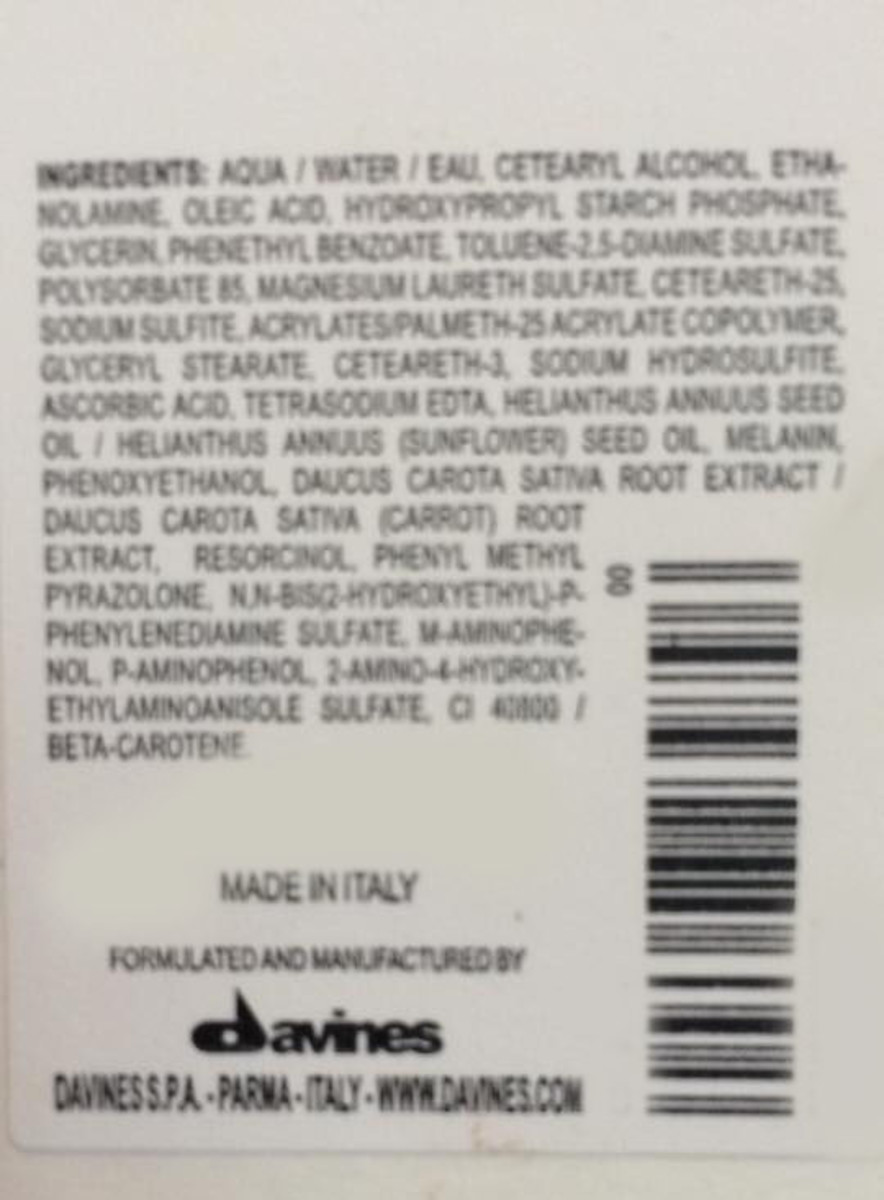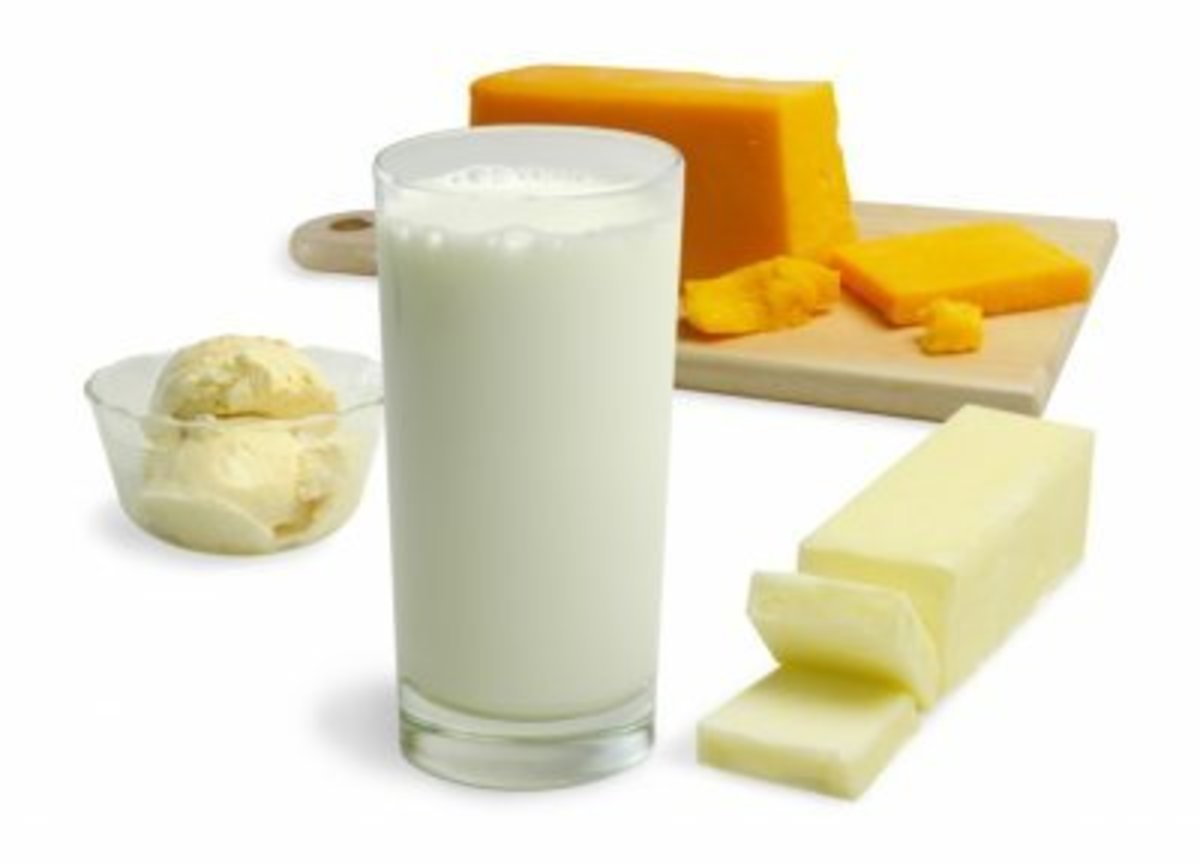- HubPages»
- Food and Cooking»
- Food Safety»
- Food Allergies
Looking for Gluten in an Ingredient List
Have you been recently diagnosed with Celiac Disease? Are you wanting to attempt the near impossible and cook or shop for a Celiac? There are a lot of places to look for gluten and there are a lot of ways to recognize a gluten item quickly. However, there are a lot of other places that gluten can hide that you would never know about without some extensive research. After covering the multitude of places that cross contamination can occur in my other hubs, I have decided to tackle the obstacle of rooting out the sneaky places gluten can hide in an ingredient list. (For a complete list of all terms used in gluten containing non safe ingredients, see link below).
Obvious Gluten Ingredient Names
To cover all the bases, lets start with the super easy ways to spot gluten.
Gluten is in every grain. The specific type of gluten that causes a Celiac to react is contained in these:
- Wheat
- Barley
- Rye
- Spelt
- Kamut
- Oats (in some individuals)
So right off the bat, one can tell that any item containing wheat flour is going to be a no go. To be clear, the main misconception I ran into when explaining to people what I could and could not eat, people became confused that I could eat bread of any kind. Flour in and of itself does not contain gluten. Flour by definition is a consistency in which a grain or nut has been ground into. My family was very confused as to how I could eat bread if I had to be gluten free. They did not understand that not all flour is made out of wheat. This is a common misconception and it is understandable why someone would think this. Wheat is the go-to grain, for good reasons. It is a very versatile grain. In product labeling, if it says just flour, avoid it at all costs, as it is mostly likely wheat.
Not So Obvious Gluten Ingredient Names
Now to dive into the slightly more complicated places that gluten can hide.
- Malt Extract or Malt Flavoring
- Malt Vinegar
- Food Starch
- Soy Sauce or Teriyaki Sauce
- Pre-Gelatinized Starch
- Triticale
Malt extract and it's buddies are derived from Barley; which is a grain that Celiac's must avoid. This is the one that drives me crazy the most. Rice Krispies for example would be perfectly fine for me to eat if they made it sweet with something other than malt flavoring. I think more often than not, this will be the one that makes you have to put it back.
With food starch and modified food starch, I was very confused or a long time. But it really comes down to USDA regulations on labeling. In the US, if it is says Modified Food Starch then it's source CANNOT be wheat. If it is derived from wheat it must specifically say so, or be labeled as plain food starch. If it merely says starch, then it is derived from corn and gluten-free.
Soy sauce is fermented with wheat and not gluten free. Teriyaki sauce is made with soy sauce and therefore not gluten free. There is a gluten free soy sauce available to make your own teriyaki sauce at home.
Pre gelatinized starch is one I stay away from for the simple fact that there are no regulations on this one. It is not typically made from wheat, but there is no rule that says they have to say so if it is, at least not that I have discovered yet. If the company cannot or will not tell me the starch in which they pre gelatinized it from, I will not consume it. I run into this one most often with medicine. I was very afraid of purchasing over the counter medications for quite a while. I have discovered that Target labels their medications well. Their "Up and Up" store brands are labeled gluten free if they are safe. I can only go based on my own experience with this one, as I suggest you do. There can be a million "experts" telling me that it cannot possible contain gluten because of the severe processing it goes through, but I cannot tell my body that it is lying to me.
I was sick with the flu a few years ago. I was miserable and desperate for some medicine, I had two small children to care for and home remedies were not helping. Hubby goes and buys me the DayQuil/NyQuil combo pack in pill form because the liquid stuff is oh so nasty. After two days, I felt so much worse that I was considering going to the hospital. We could not figure out why I was not getting any better. I finally realized that half of my symptoms closely mirrored my Celiac symptoms, which is hard to tell when you have the flu, because everything already hurts. Come to find out, after checking the label, it contained pre-gelatinized starch, and did not carry a gluten free label. I stopped taking it and within 24 hours, I was back to normal. That says enough for me.
Triticale is a cross bred of wheat and rye and is not gluten free. I have yet to actually see this on an ingredient list myself though.
Highly Debatable Gluten Ingredients
Now lets get into the ingredients that tend to cause riots to break out amongst "experts". In my house, we have a rule - the only "expert" allowed in the house is yourself. Meaning that no expert in the world knows more about me than I do. While it is smart to do research and educate oneself on the in's and out's of the world around us, ultimately the final decision is mine and my opinion is the only one I care about. So if it makes me uncomfortable, unsure or even sick if I actually risk it, then I will not consume anything with it on the ingredient list.
- Natural Flavoring or Flavoring
- Spices
- Vinegar
- Caramel Coloring
- Blue Cheese
I put these on the highly debatable list because that is exactly what they are. These are the ingredients that are most commonly argued.
The main theme with nearly everything on this list comes down to labeling. Everything I read says that if it contains wheat they must print this information somewhere in the label. Now, wheat is the most common grain people think of for gluten issues, but it is not the only one. So just because it doesn't say that it has wheat does not mean that it is gluten free. If it contains barley, rye, spelt or any of the others, it will make you sick. Now it stands to reason that in the term "spices" should not contain barley or rye, but what if they do? I know that wheat is used as a filler in nearly everything because of its versatility, but due to the bad rap that wheat is getting lately a lot of companies are starting to use other things. I hate to be a "conspiracy theorist" on this subject, but it makes sense to me that in a world driven by money they might switch to something they didn't have to label simply so they won't have to change production.
Vinegar is a huge issue as well because of labeling and types. There are literally hundreds of ways to make vinegar. Now typically you aren't going to find that many varieties on the shelf at the grocery store, or in your basic products. However, the simple fact is that some vinegar can contain gluten. If the label is distilled vinegar there is no way it can contain gluten, but if it just says vinegar, well, who knows.
Most of the things I read tell me that things are gluten free simply because they aren't "typically" made from wheat. But again, wheat is not the only gluten harboring fugitive in our food. Caramel color is not "typically" derived from wheat but it can be. With caramel color, the "experts" believe that the gluten part cannot possibly be present in the final product, and I have yet to find definitive research that can confirm this. With vinegar that is distilled, it is made from the vapors, so I know scientifically that it cannot contain gluten because gluten cannot be vaporized. With caramel coloring, I have not found a source that tells me information such as this that can put my mind at ease about it being gluten free.
Blue cheese for me is one I stay away from again because of it's source. Blue Cheese is cultured from bread. What kind of bread, you ask? Well, to be honest, I have no idea. It could be anything really and there is no way to know, because there are no labeling requirements because the blue cheese itself does not contain gluten. For me, given my sensitivity, I cannot eat it because there is no way for me to know that there isn't that one tiny bread crumb in the package.
How can I find out?
The bottom line is this, if you are not sure, do not eat it. Sounds simple enough, but if you are already having to cut food from your diet left and right, you feel pretty deprived in the first place, it is not always easy to put that questionable item back.
Now it's time to call the manufacturer. Sounds like fun right? Not so much, it can get kinda hairy. Sometimes you will find operators that are less than willing to work with you politely and patiently. But it is well worth it in the end if you can alleviate your fears and open up your pantry to more options. You need to ask to speak to a nutritionist, not just some paper pusher reading a script. The nutritionist is the one responsible for that label in the first place. I tend to stick with certain brands, even if they are slightly more expensive because I have found them to be more than forthcoming and helpful when I question them. For example, Kraft BBQ sauce contains both caramel color and vinegar. Great, what do I do now? I called Kraft and spoke at length with the nutritionist and she reassured me that there caramel color and vinegar are not derived from any of my gluten no-no's. It is also important to ask about their labeling habits. A company is not required to tell you that they decided to use a different kind of caramel color, or anything else for that matter, unless it falls into very tiny spaces of legalities. So if they suddenly switched to a caramel color that was derived from gluten sources, you would never know. However, if a company has honest labeling practices you can rest assured that if they do, you will know about it. Kraft is one of those companies, at least they were the last time I checked.
Another example of labeling habits affecting your purchasing abilities. Hamburger Helper has created new meals that are made with rice instead of pasta, and they were very clearly labeled Gluten Free on the front. Then after about three months, the package no longer said gluten free. I checked the ingredient list and everything looked the same and to my eyes should have been perfectly safe. I went home and called them. They changed the label because the source THEY used for certain ingredients could no longer guarantee them to be gluten free. So Hamburger Helper in good conscience could no longer label it gluten free because they did not know if it MIGHT contain some gluten. Pretty cool huh?
Additional Sources
- Unsafe Gluten-Free Food List - Celiac.com
An very extensive list of all the terms used in unsafe gluten containing ingredients. - Is Natural Flavoring Gluten Free? - The Gluten-Free Homemaker
- Vinegar! Gluten-Free and Nutritious Too!
Tricia Thompson, MS., R.D. is an independent nutrition consultant specializing in celiac disease. She is the author of numerous studies on celiac disease and the gluten-free diet that have been published in peer-reviewed medical journals. - Gluten Free Living - Ingredients
Breaks down the components of the most common gluten suspecting ingredients.








